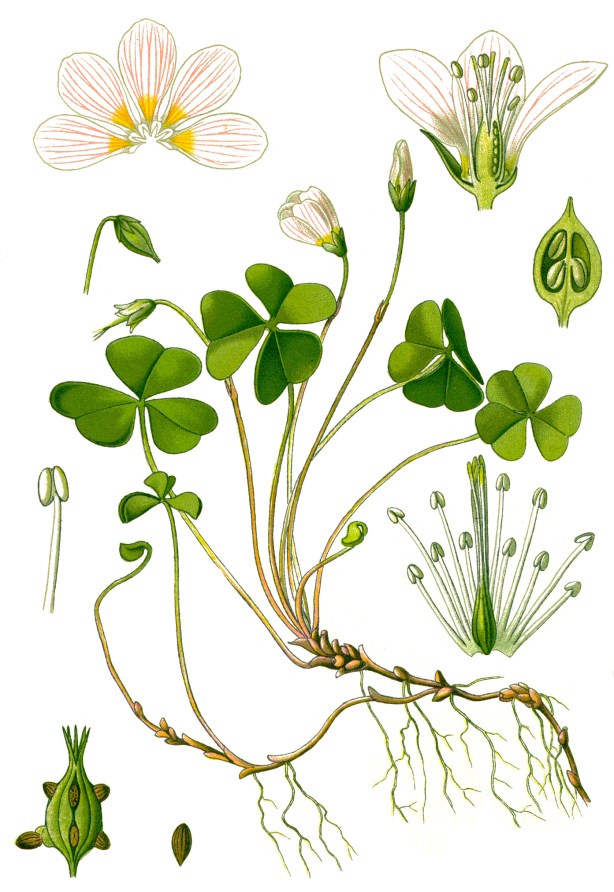Defeat weeding by eating – Part 1: Identifying plants
Struggling to get kids to weed the garden? Some plants are edible and can be eaten, but first you need to know how to identify them.
Weeding is one of the least favorite jobs of any gardener, and it is often even more difficult to get kids to take on this tedious task. Why is it so unpleasant? Perhaps because it seems like a wasteful activity. Weeding involves pulling something out of the soil that you will never use. Many people consider harvesting one of the most pleasant activities in the garden. Harvesting is reaping the rewards for the fruits of your labor. By eating your weeds, you can make weeding a harvesting activity, too.
Another problem with weeding is figuring out what is a weed and what is a desired plant. The best way to do this is by using a key. Many people bring out a book and try to match up the pictures. This can often be confusing because just like how humans can be different colors, sizes and shapes, so can plants of the same species.
The best way to identify plants (or animals or rocks, for that matter) is by using a dichotomous key. Dichotomous means at each step there are two distinct choices you have to choose from. Learning how to use a dichotomous key is a useful skill for kids and adults.
Let’s practice by using the University of California’s key to turf weeds.
Look at this plant:

The first question in the weed key is whether the plant has broad leaves or grass-like narrow leaves. The plant in our example has broad leaves.
The next question asks you to look at how the leaves are arranged. Are they opposite or whirled, or are they alternate or come from one point called a basal rosette? Our example plant has all the leaves coming from one point on the ground, the basal rosette.
Next, are the leaves compound with small leaflets on one leaf, or simple with one leaf blade? Sometimes this is difficult to tell. I often remove a leaf to see what comes off. The leaf in our example is compound.
Next, the key asks how many leaflets there are. Our compound leaf has three leaflets.
Lastly, look at the shape of the leaves. Our leaves are heart shaped.
You figured it out! This plant is wood sorrel (Oxalis acetosell), which is common throughout most of North America and Europe.
Wood sorrel is an edible plant. Both my kids eat it by handfuls. It is a good, first wild edible plant to work with because it is easy to identify; it looks like a clover with the distinctive heart-shaped leaflets. Most kids love the flavor as well. It is sour and many kids love eating sour things. The leaves are edible as well as the flowers and the seed pods, which look like tiny pea pods. Usually, the pods are the sourest.
A word of caution: Whenever trying a new food, it is best to try only a small amount and wait for a few days to test for allergic reactions before trying more.
Happy weeding!
This is Part 1 in a series of Michigan State University Extension articles on edible weeds in the garden and using them to teach science lessons. These activities can be done in a family, in a daycare or school activities, or with any group working with children and gardens. See Parts 2 and 3:



 Print
Print Email
Email





